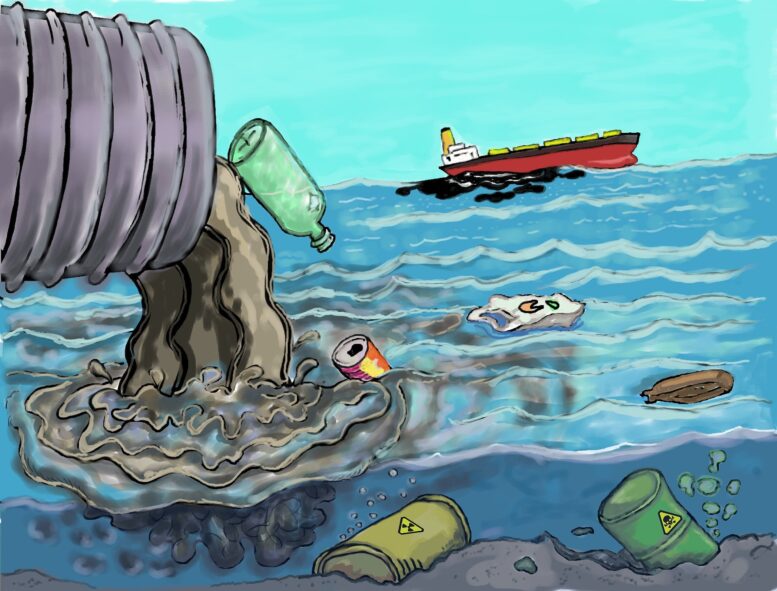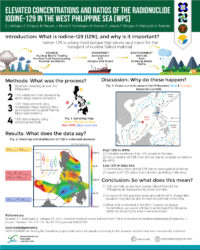Recently a friend asked me if I had heard any news regarding elevated levels of radioactivity in the waters surrounding the Philippine Islands. I admit I had not, but would check into it.
According to Philippine Nuclear Research Institute (PNRI) radioactive material was indeed found in existing coral and waters in the West Philippine Sea (WPS).
PNRI Director Carlo Arcilla said in a news conference that traces of iodine-129 (a radioactive material) was found in corals in the sea. In a follow-up interview, he said the radiation “is not dangerous but traceable.”
The question is what is it and why is it there? Possibly, nuclear activities happening in the area or in neighboring countries? “Based on data received from the Global Environmental Monitoring System, there’s an increase in background radiation in the South China Sea in connection with a radiation incident,” said Russia’s Rospotrebnadzor Agency. It added that the radiation levels did not “currently threaten the Russian population” and that it “has increased its radiation monitoring in the adjacent border areas” (The Moscow Times).
Iodine-129 is a long-lived radio isotope which occurs naturally, but also is of special interest for monitoring and effects of man-made nuclear fission decay products because it serves as both tracer and potential radiological contaminant.
The United States Environmental Protection Agency (EPA) website states that most iodine-129 in the environment come from nuclear weapons testing.
Atmospheric testing in the 1950s and ’60s had released radioactive iodine to the atmosphere, the EPA stated.
PNRI Director Arcilla said the initial findings were documented by PNRI scientist Dr. Angel Bautista III as part of his 2016 dissertation at the University of Tokyo on the effects of nuclear activities on the environment, including the possible effect of Japan’s Fukushima nuclear power-plant accident in 2011. The study found the radiation was not from Fukushima so it may have come from new undetermined activities. Arcilla said they might have come from nuclear-powered vessels.
Arcilla stated the iodine-129 levels in the West Philippine Sea (WPS) in 2020 were higher than surrounding areas although further tests need to be completed to determine its source.
Studies will continue and the Philippines has plans to construct 10 environment monitoring stations for placement facing the WPS. Other ASEAN countries also have plans, as some of them also face the WPS.
Dr. Bautista, in a phone interview, said that based on the history of the corals, they were found to have already had a high level of iodine-129 deposits “from the 1950s to the present.”
“So that means the corals had iodine-129 even before the Fukushima accident occurred in 2011,” Dr. Bautista said.
However, Dr. Bautista said that it is yet to be determined if the contamination in the sea water was caused by natural concentration or other sources.
Bautista said he is continuing the studies on the coral and sea water contamination.
According to Arcilla, at the meeting of the ASEAN Network of Regulatory Bodies on Atomic Energy (ASEANTOM) in Vietnam in November 2020, the countries were “very concerned” when he reported about the findings.
Any findings will be shared among ASEAN countries as an obligation under ASEANTOM.
About the author:
Timothy Muelder is a retired Facilities Manager of the U.S. Department of State.

